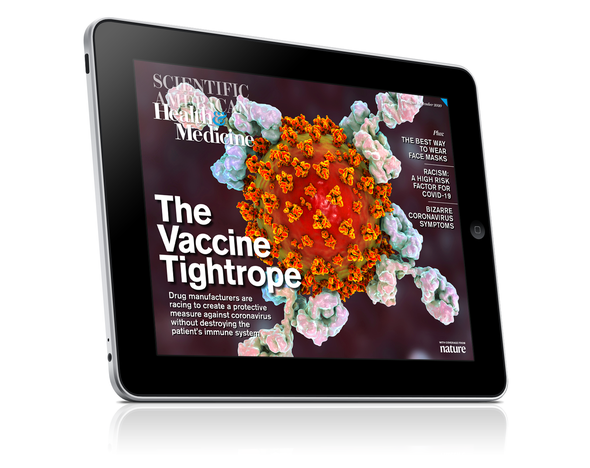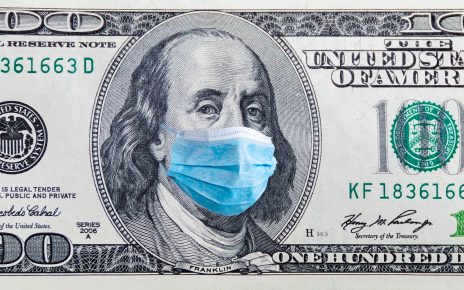Drug manufacturers are racing to create a protective measure against coronavirus without destroying the patient’s immune system
As the public and policy makers anxiously await the arrival of a preventive treatment for SARS-CoV-2, the virus that causes COVID-19, researchers are racing to apply what they know about how coronaviruses stimulate the human immune system to create a barrier to prevent them from invading cells. The catch is the virus is tricky. It can co-opt the very molecules sent to disable it and launch a destructive immune reaction in the patient (see “COVID-19 Vaccine Developers Search for Antibodies That ‘First Do No Harm’”). Reporter Esther Landhuis makes the astute observation that never before have the intricacies of immune function been a more central topic of conversation in everyday life. For those wishing they’d paid more attention in high school biology, there is plenty in this issue to help you catch up.
We on the editorial team worried that our primer on how to properly wear a face mask would be old news by the time it published. But virus cases are surging across the U.S., and new mask-wearing ordinances went into effect only recently in states such as South Carolina and California. Check out graphics designer Katie Peek’s excellent illustrated guide in “How to Use Masks during the Coronavirus Pandemic.” And epidemiologist Camara Phyllis Jones explains the socioeconomic conditions that make it more likely that people of color in America are more likely to die from the novel coronavirus (see “Why Racism, Not Race, Is a Risk Factor for Dying of COVID-19”). Mask up, and be well.
This article was originally published with the title “Viral Learning Curve” in SA Health & Medicine 2, 4, (August 2020)




